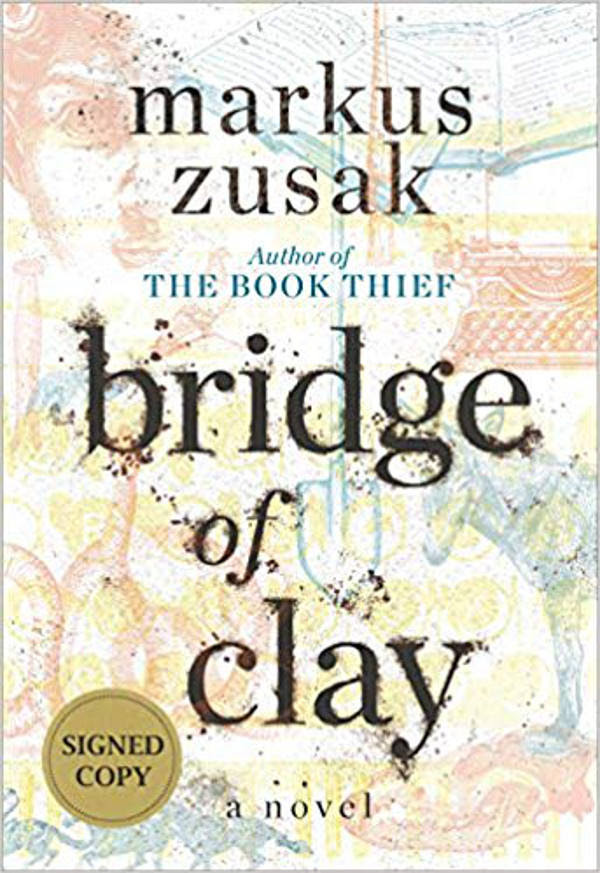
Bridge of Clay
Markus Zusak
This is the breathtaking story of five brothers who bring each other up in a world run by their own rules. At the center of the Dunbar family is Clay, a boy who will build a bridge – for his family, for his past, for greatness, for his sins, for a miracle. The question is, how far is Clay willing to go? And how much can he overcome? “But if The Book Thief is his most famous book, Bridge of Clay is his magnum opus. Zusak, now 43, was just 20 years old when he first came up with the concept. All these years later, he still speaks of the moment dreamily: ‘I thought of a boy building a bridge, and he wanted to make this one beautiful, great, perfect thing.’” (The Guardian)
Random House, October 2018
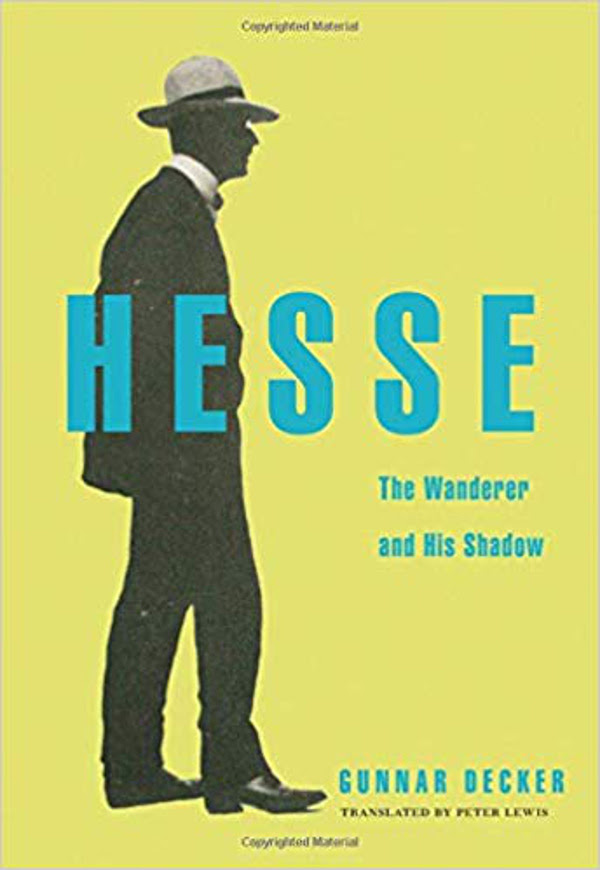
Hesse – The Wanderer and His Shadow
Gunnar Decker
Against the horrors of Nazi dictatorship and widespread disillusionment with the forces of mass culture and consumerism, Hermann Hesse’s stories inspired nonconformity and a yearning for universal values. Gunnar Decker weaves together previously unavailable sources to offer a unique interpretation of the life and work of the author of Siddhartha, Steppenwolf, and Demian. Drawing on recently discovered correspondence between Hesse and his psychoanalyst Josef Lang, Decker shows how Hesse reversed the traditional roles of therapist and client, and rethinks the relationship between Hesse’s novels and Jungian psychoanalysis. He also explores Hesse’s correspondence with Stefan Zweig – recently unearthed – to find the source of Hesse’s profound sense of alienation from his contemporaries.
Harvard University Press, November 2018
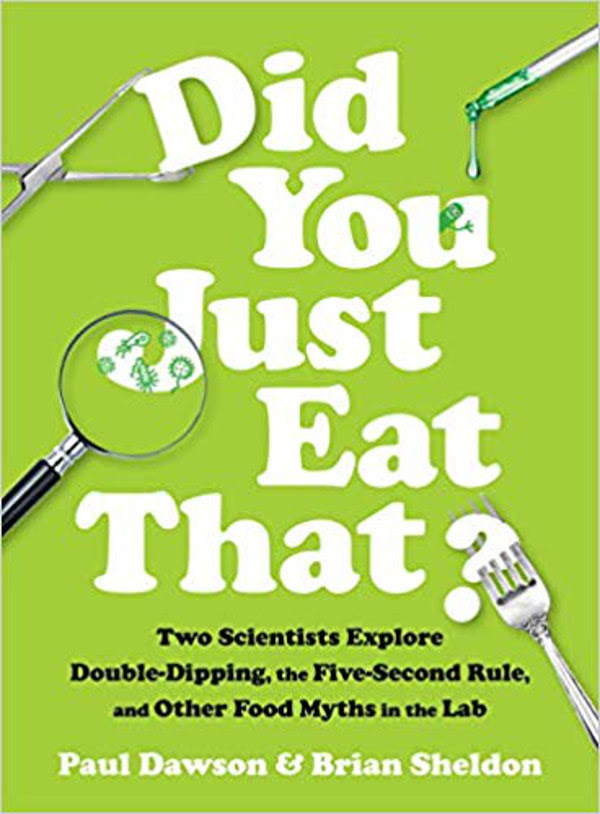
Did You Just Eat That?
Paul Dawson and Brian Sheldon
In Did You Just Eat That? food scientists Paul Dawson and Brian Sheldon take readers into the lab to show, for example, how they determine the amount of bacteria that gets transferred by sharing utensils or how many microbes live on restaurant menus. The authors list their materials and methods (in case you want to replicate the experiments), guide us through their results, and offer in-depth explanations of good hygiene and microbiology. Written with candid humour and richly illustrated, this fascinating book will reveal surprising answers to the most frequently debated – and also the weirdest – questions about food and germs, sure to satisfy anyone who has ever wondered: should I really eat that?
Norton, December 2018
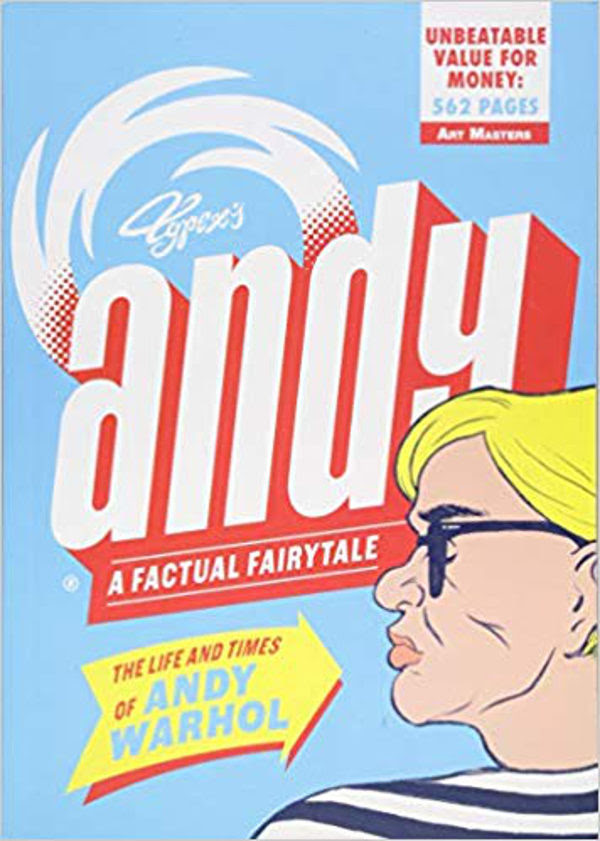
Andy: The Life and Times of Andy Warhol
Typex
In Andy comics artist Typex captures the remarkable life of the king of Pop Art, from his working-class upbringing in Pittsburgh to the dizzying heights of his celebrity. Spanning a period that began with the “talkies” and ended with the advent of house music, it is also a memorable portrait of 20th-century pop culture and the stars defining it. Spanning Warhol’s early career as a commercial illustrator, his relationship with the Velvet Underground, and the development of his own instantly recognisable style, Andy deftly portrays the artist and a master self-promoter. Intensively researched, this 568-page graphic biography is the first to tell the complete life story of the iconic pop artist.
Art Masters, December 2018
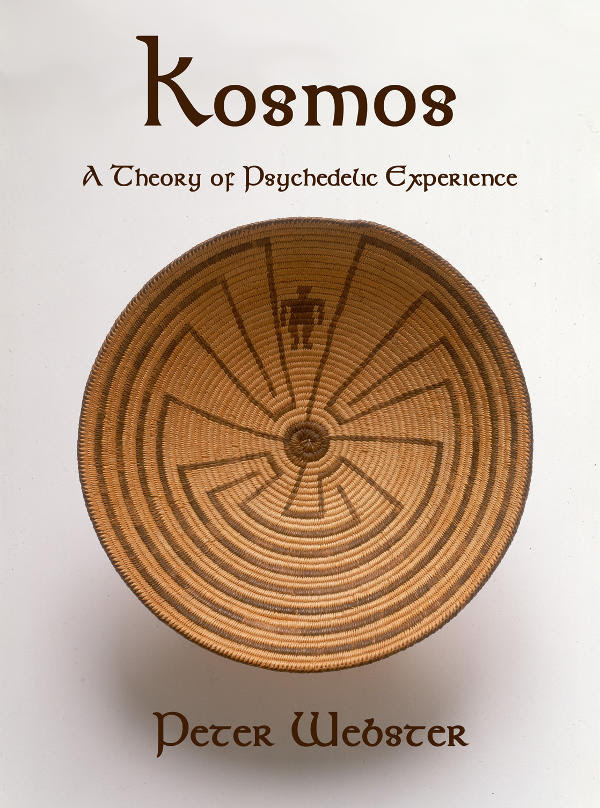
Kosmos A Theory of Psychedelic Experience
Peter Webster
The author presents arguments, examples, personal experience, and published research to develop the theory that the principal, and maybe only effect of LSD and similar psychedelics is the amplification of meaning. Webster attempts to assemble a comprehensive Theory of Psychedelic Experience, an overview from several perspectives of how a psychedelic experience feels to the voyager, how and why it may affect his views and beliefs, how psychedelic perception happens on a psychological and neurological basis and why it appears to be similar or identical to states of consciousness sometimes attained spontaneously or through meditation and other age-old techniques.
© Chantal Webster, 2018
